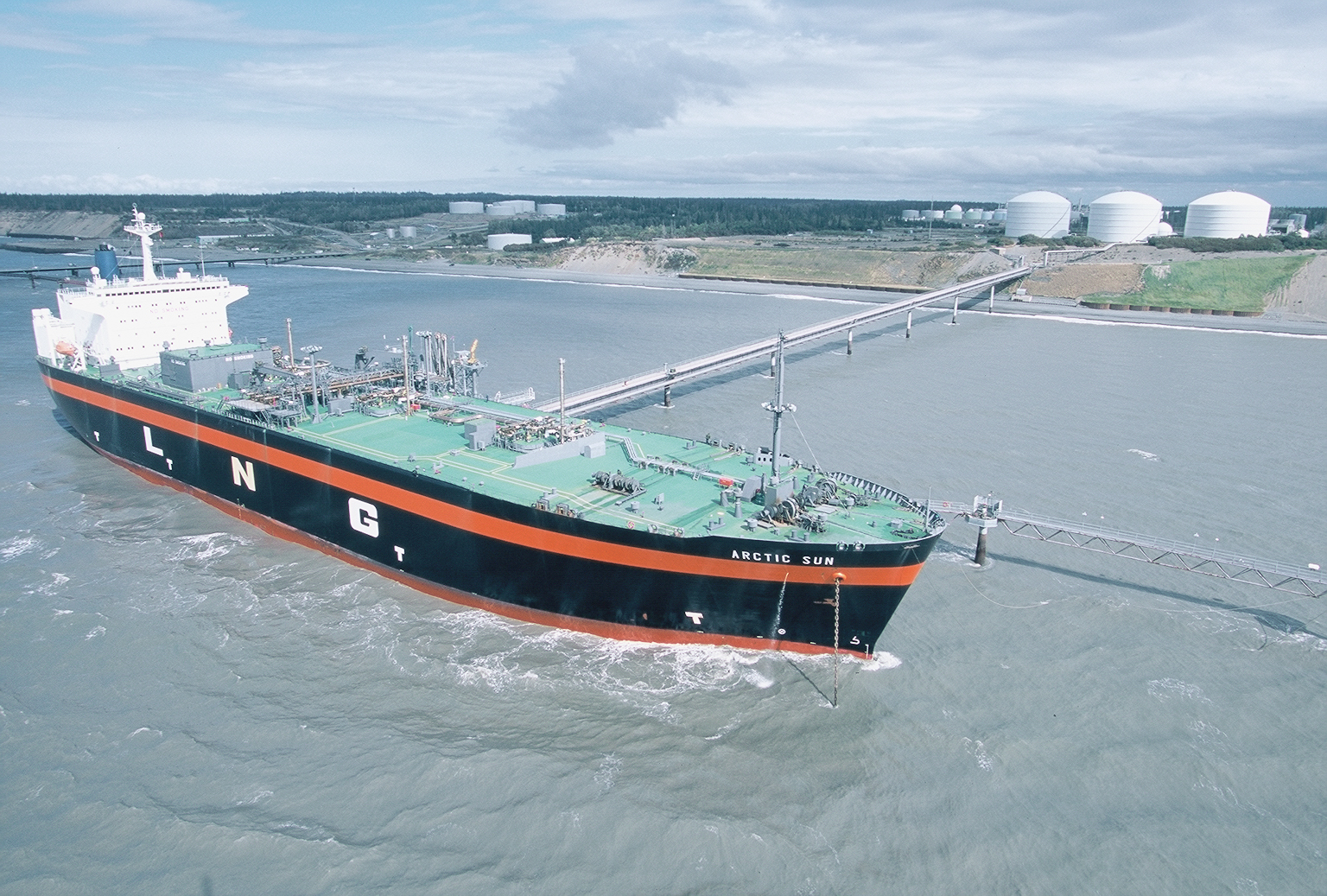There is a glut in the LNG market at present, but the prevailing view is that demand from nations including China and India should rise sharply, and demand will outstrip supply in 2023 or 2024. As LNG plants generally take about five years to complete, major investors have slipped back into action. ARAMCO announced last week that upon concluding its 2018 IPO, it will proceed into further investments in natural gas. U.S. oil giant ExxonMobil has won government approval for a Texas LNG plant, and appears to be nearing a final investment decision toward starting construction. The company also intends to boost LNG output by one fifth in Papua New Guinea, and has taken a stake in the Eni-led Mozambique project as well. State-run Qatar Petroleum is also looking to increase its LNG output. The situation is looking brighter for plant builders.
Japan’s Mitsui & Co., a major trading house, defined oil and gas as a core field in its medium-term management plan starting in fiscal 2017, and has far-flung LNG interests, including in the U.S. and Mozambique. Competitor Mitsubishi Corp. is also investing more in production capacity in an Indonesian LNG project, and is considering participating in a massive floating storage regasification unit project in Pakistan planned by Qatar Petroleum, ExxonMobil and others. LNG development requires investments of tens of billions of dollars, which can take up to 20 years to be repaid. But sellers and buyers sign long-term contracts, guaranteeing revenue regardless of short-term fluctuations in materials prices.
Big investors renew interest in the LNG market


